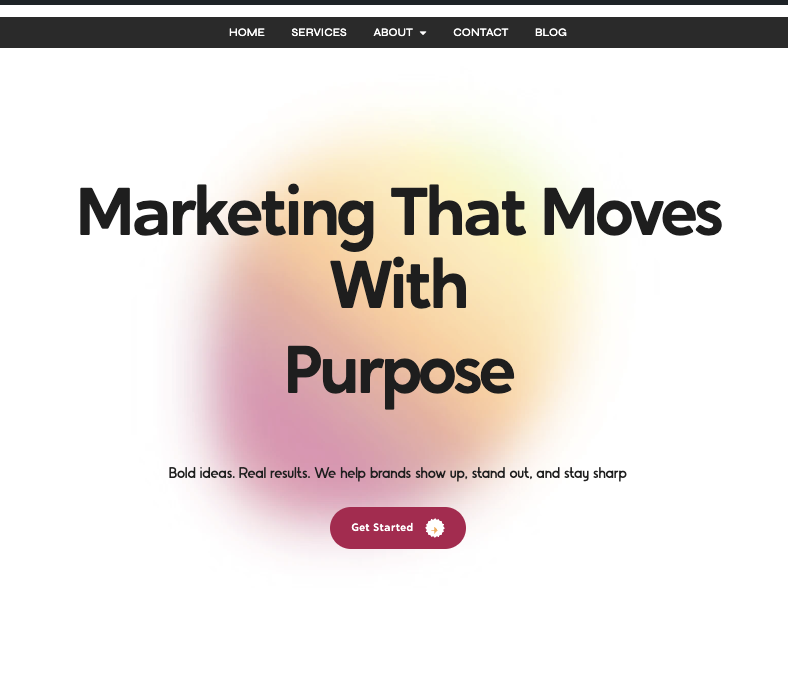What if your marketing didn’t demand daily oversight but still delivered reliable income? That’s not a fantasy—it’s the operational logic behind affiliate marketing. For brands looking to scale revenue without scaling their workload, affiliate marketing offers a compelling, performance-based solution.
Affiliate marketing drives passive revenue growth by creating systems where brand exposure, lead generation, and conversions continue long after the initial effort. When done right, it builds long-term value on top of minimal day-to-day input.
Pay-for-Performance: Why It Changes Everything
Unlike traditional advertising, where brands pay upfront for impressions or clicks, affiliate marketing is grounded in performance. You only pay when someone takes a defined action, usually a purchase or lead submission.
This transforms the economics of marketing. There’s no wasted ad spend on uninterested audiences. Instead, funds go directly to results.
Consider a direct-to-consumer skincare brand. Instead of buying $5,000 worth of ad space, they onboarded 50 beauty bloggers as affiliates. These affiliates earn a commission only when readers purchase through their links. That structure doesn’t just lower acquisition cost—it also aligns incentives across the board.
This performance model:
Encourages high-effort promotion from affiliates
Minimizes financial risk for the brand
Offers a transparent view of ROI
How Affiliate Marketing Becomes Passive Over Time
Yes, passive revenue is the reward. But setting up an affiliate marketing program isn’t passive in the beginning. It requires deliberate planning and a strong foundation.
The initial setup usually includes:
Choosing a platform (like PartnerStack or ShareASale)
Structuring commission rates based on profitability
Recruiting affiliates who already reach your audience
Supplying branded content, banners, and tracking links
Once launched, though, affiliates do the work of outreach, engagement, and conversion. Over time, top-performing partners emerge. Their evergreen content—like blogs, YouTube videos, or email sequences—continues to drive conversions with little additional input from your team.
That’s when the system tips into passive mode.
Why Evergreen Content Drives Long-Term Earnings
One of the greatest advantages of affiliate marketing lies in its durability. Unlike PPC ads that vanish the moment the budget dries up, affiliate links can live forever.
Take an example from the SaaS world. A YouTuber posts a tutorial comparing email marketing tools, with affiliate links in the description. If the video ranks on YouTube or gets embedded in other blogs, it keeps generating traffic—and sales—months after it’s published.
Passive revenue drivers like these include:
SEO blog content with embedded links
Comparison or review videos on YouTube
Resource lists shared in niche forums or newsletters
That’s revenue from work you didn’t do—and may not even be aware is happening.
Affiliates Build Trust at Scale
Affiliate marketing doesn’t just scale reach; it scales trust.
Consumers increasingly distrust brand messaging. But they do trust creators, bloggers, and influencers they follow. So when a finance blogger recommends your budgeting tool or a fitness YouTuber links to your protein shake, it feels like advice, not an ad.
And because affiliates are rewarded for conversions, not impressions, they’re motivated to speak authentically and educate deeply.
You’re not just leveraging someone else’s traffic—you’re borrowing their credibility. That’s hard to replicate with traditional media.
Smart Partnerships Multiply Impact
Too many brands think affiliate marketing is about volume. In reality, quality matters more.
The goal isn’t to recruit everyone—it’s to partner with the right people. Ideal affiliates:
Speak to your target audience
Already produce content related to your product
Have an engaged following, not just a large one
Some of the most effective programs treat affiliates as collaborators. Instead of a generic dashboard and forgettable email, they offer:
Exclusive discounts for affiliate followers
Sneak peeks at product updates
Co-branded landing pages that improve conversions
These relationships deepen over time. And like any good partnership, they compound.
Optimization Without the Spend Creep
In most channels, improving performance means spending more—higher bids, bigger budgets, and more creative assets. Affiliate marketing flips that.
Optimizing your affiliate program doesn’t require more dollars. It requires smarter moves.
Effective optimization strategies include:
Highlighting top-converting content for affiliates to replicate
Providing seasonal promotions to reinvigorate dormant partners
Using data insights to refine messaging
You’re amplifying what’s already working, not paying for more guesses.
Built-In Channel Diversification
One of the smartest aspects of affiliate marketing is how it diversifies your traffic sources. While algorithms change and platforms shift policies, your affiliate network acts as a hedge.
Affiliates drive traffic from:
Organic search via SEO content
Social media posts and stories
Email newsletters
Comparison engines and deal sites
This diversity builds resilience into your revenue stream. Even if a traffic source dries up, your entire program doesn’t crash.
Affiliate Revenue Becomes Predictable Over Time
As your program matures, it becomes more predictable. Patterns emerge. Affiliates stabilize. Your projections sharpen.
Most programs experience:
A Pareto split—20% of affiliates generate 80% of revenue
Seasonal spikes tied to holidays or launches
Repeatable playbooks based on historical performance
What starts as experimental can evolve into one of your most stable revenue channels. With the right tools and relationships, affiliate marketing moves from “try this” to “we count on this.”
What to Watch Out For
Affiliate marketing isn’t without challenges. But most issues stem from poor management or misaligned expectations.
Common mistakes include:
Accepting low-quality affiliates who spam
Neglecting communication and support
Ignoring fraud risks like cookie stuffing or fake leads
A strong affiliate agreement and regular audits prevent most problems. And ongoing communication keeps your best partners motivated.
Real-World Example: Affiliate Revenue in Action
An e-learning startup in the design niche launched an affiliate program targeting YouTube creators and design bloggers. Within 10 months:
38% of total revenue came from affiliate channels
Cost per acquisition was 50% lower than paid ads
Top 5 affiliates contributed 65% of all program revenue
By Year Two, the affiliate program was the most profitable acquisition channel in the company’s portfolio, with no active ad spend.
Affiliate Marketing Isn’t a Shortcut—It’s a Smart System
The appeal of passive income often leads people to search for shortcuts. Affiliate marketing isn’t that. It’s not a magic formula—but it is a smart system.
Done thoughtfully, it creates a marketing engine that runs even when you’re not looking. It scales without bloating costs. It builds community instead of clicks. And it drives revenue without demanding attention every day.
So if your goal is to grow your business without increasing your workload, affiliate marketing may be the best passive system you haven’t fully leveraged yet.
















